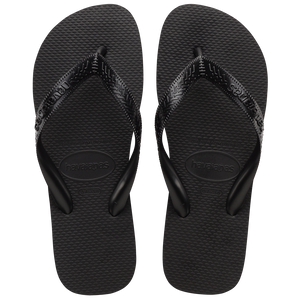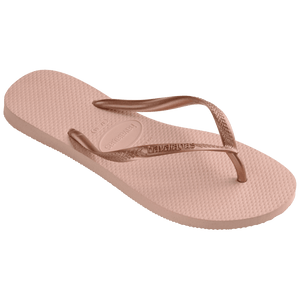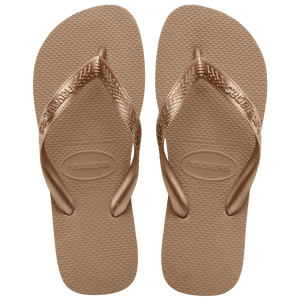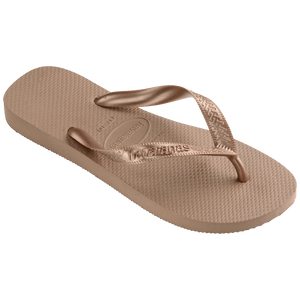Our Story
A star is born (1962)
Havaianas were created in Brazil in 1962 after being inspired by the Zori sandal; a traditional Japanese sandal with cloth straps and woven rice straw soles. Havaianas replaced the straw with rubber, updated the design to look modern, and the rest is history! This is why the soles of Havaianas feature a rice grain pattern; one of the many design elements that make Havaianas so unique. So where did the name “Havaianas” come from? Well, in Portuguese, the name translates to “Hawaiians” and it was chosen to honor the tropical and glamourous vacay destination with endless summer vibes.
The Kombi (1964)
The original rubber flip flop (1966)
Not to brag, but Havaianas invented the original rubber flip flop! Here’s our proof: In 1966, Havaianas’ parent company, Alpargatas, registered the patent of our now world famous rubber thong!
More colors of flip flops (1969)
At first, Havaianas were only available in blue and white. But in 1969, a production error produced a batch of green Havaianas, which ended up hitting the marketplace. The reaction was so positive that Havaianas seized the opportunity and started producing a wider variety of colors, including green, brown, yellow, and black flip flops.
An essential (1980)
Havaianas was officially recognized as an intrinsic part of Brazilian culture by the Brazilian Government after they were included on a list of everyday fundamental products (alongside rice and beans!) to control inflation. By this point, millions of pairs of Havaianas flip flops were being sold each year in Brazil.
Rainbow and print flip flops (Mid 1990's)
Did you know that a trend started in the 90s when surfers flipped the white soles of their Havaianas upside down to create one solid color? After taking note of this trend, Havaianas introduced single-colored styles and launched their first ever printed style featuring a hibiscus flower. Many more printed designs continued to be released with new colorways and new product developments (such as baby designs!).
Brazilian passion (1998)
To celebrate the ’98 World Soccer Championship Havaianas launched 'Havaianas Brazil” – a style with a small Brazilian flag on the strap. It still remains one of Havaianas best-selling flip flops globally.
Runway icon (1999)
Re-inventing Classics (2000-Present)
Havaianas never ceases to innovate, and year after year, continues to release new styles such as Slim flip flops for women, Sandals and Square toe flip flops. Besides that, the brand also has launched special collections with details like crystals and embroideries, handcrafted







